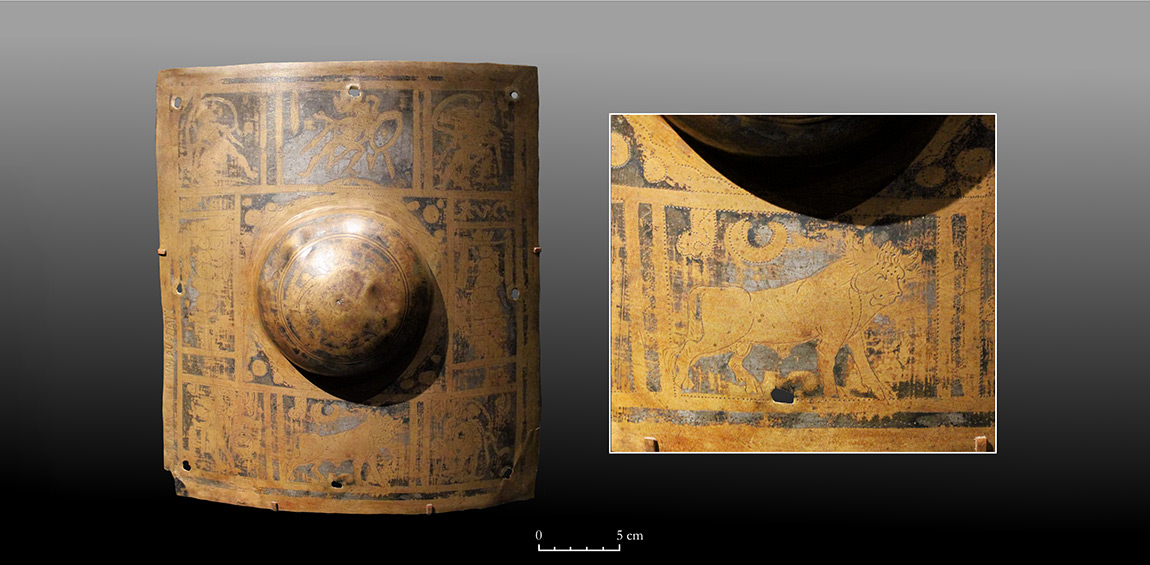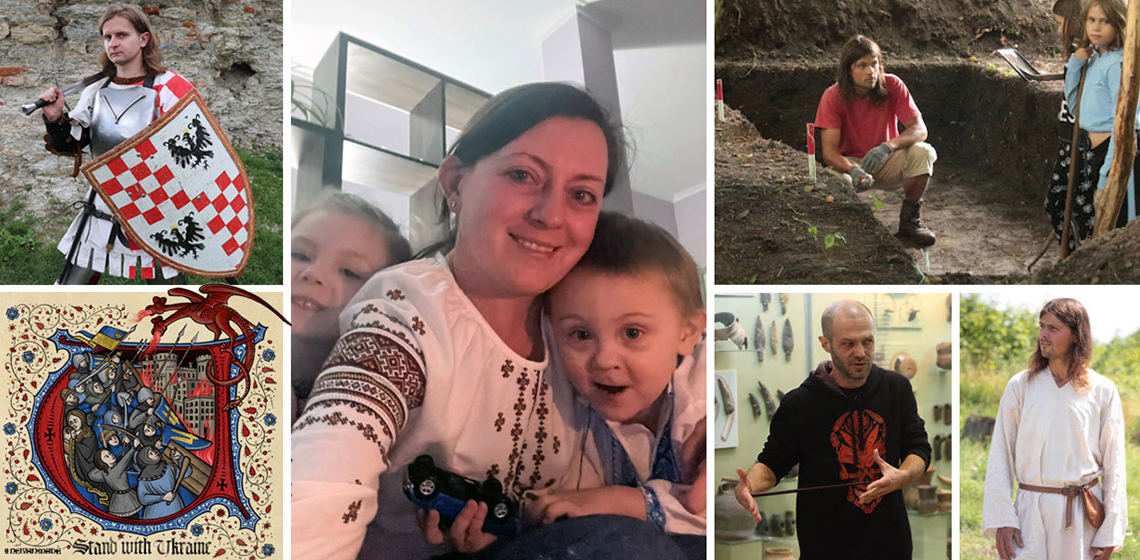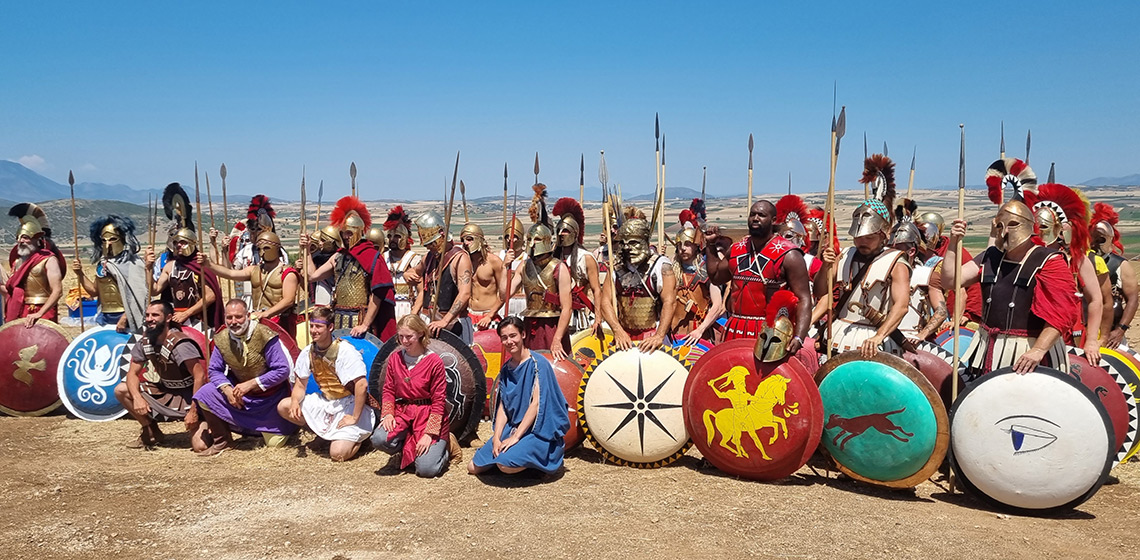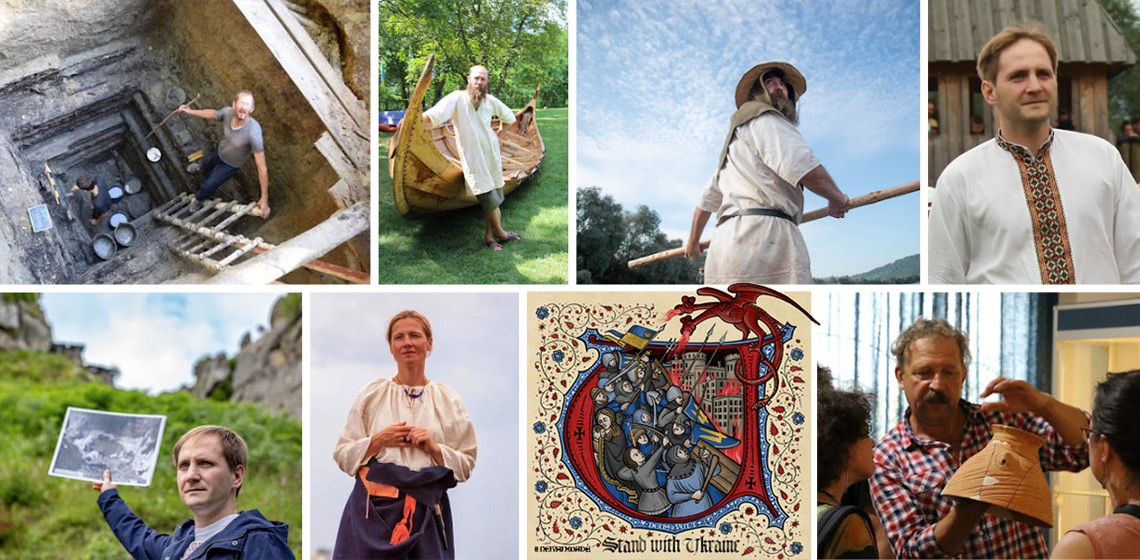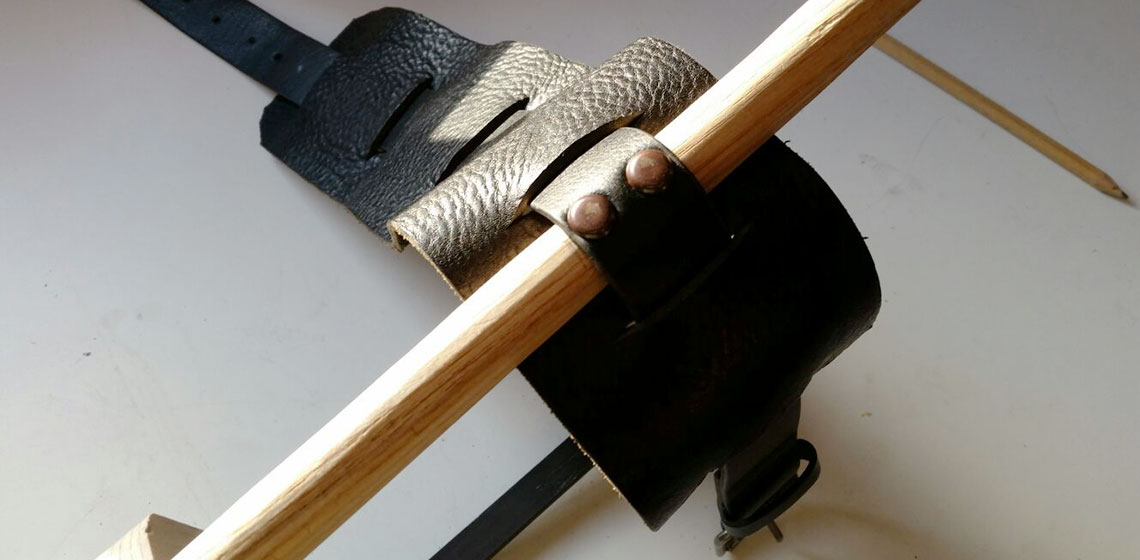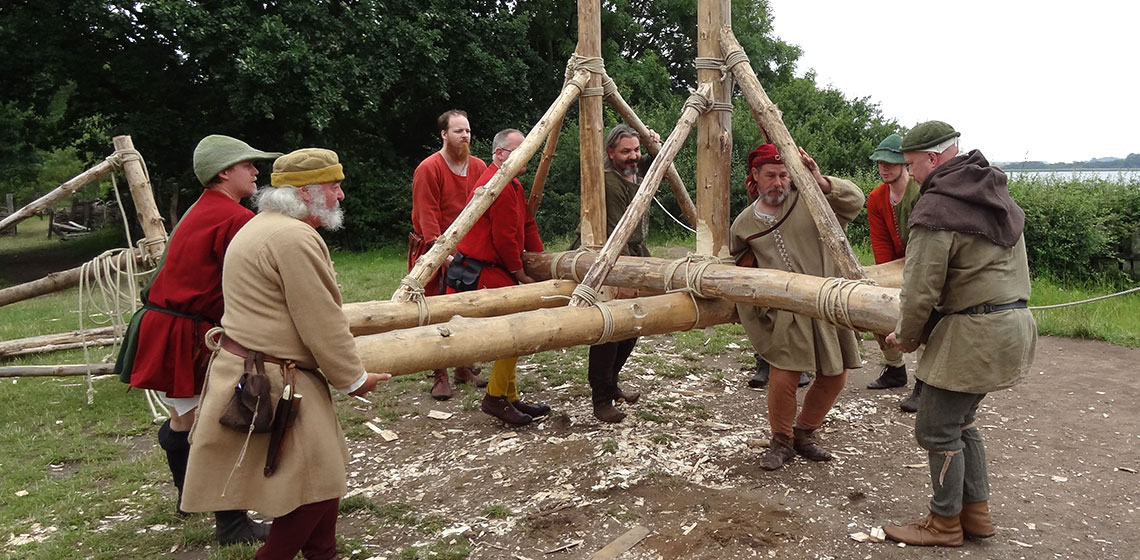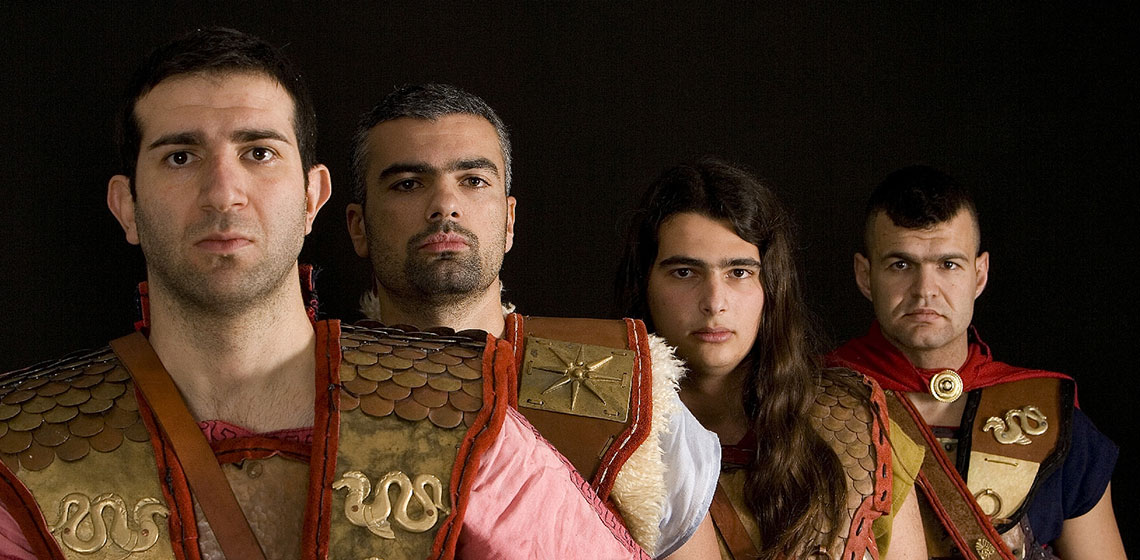war
The Art of Contrast: Experimental Insights into Partial Tinning on Roman Military Equipment
Discussion: Heritage in Times of War - part 2
The 2,500th Anniversary of the Battle of Plataea, 26-31 July 2022. Recreating the Cavalry
Introduction
Delayed by the pandemic, the 2022 event was organised with the support of the local community, the Ephorate of Antiquities, and the re-enactment group ‘Hoplologia’ lead by Christian Cameron. Using re-enactors to commemorate their Classical history was, for a variety of political and religious reasons, an important step for the Greek authorities to take. Christian gathered around ninety very experienced and passionate re-enactors and reconstructors in Plataea from at least eight different counties, at their own expense.
Discussion: Heritage in Times of War - part 1
Experimental Reconstruction of a Nineteenth Century Lower Limb Prosthetic Peg Leg – The Box Leg
***Scientific attempts to understand early prosthesis manufacturing techniques are rare. The academic research of artificial limbs has been limited to the historical analysis of documentary sources. This area still remains a fairly under-researched topic even under the more recent developments of disability studies (Childress, 1985)...
Traction Trebuchet
The Experimental Building of a Wooden Watchtower in the Carolingian Southern Frontier
***During fifteen days of June 2015, the team of l’Esquerda worked in a research project to build a Carolingian wooden watchtower on the River Ter, in Roda de Ter, Catalonia, Spain. The idea was to test our hypotheses experimentally, (a) if the wooden watchtower could...
Interview: the Association of Historical Studies Koryvantes
Book Review: Reconstructing Ancient Linen Body Armour by Gregory S Aldrete, Scott Bartell and Alicia Aldrete
Everyone knows that the Ancient Greeks wore bronze armour. Examples have been excavated, mentioned in the literature and depicted on vases, statues et cetera. But there is also mention of something they called 'linothorax': literally, 'linen chest', meaning linen armour for the chest...
Varus and the Lost Legions in Sagnlandet Lejre - A Re-enactment Success?
In July 2009 a battle took place in Sagnlandet Lejre, in the heart of Zealand in Denmark. The battle was a dramatized re-enactment of the historical battle of Teutoburg forest in Niedersachsen in the year 9 AD - also known as the Varus Battle. Why should such a re-enactment event take place in Denmark - over 100 kilometres from the presumed site of the historic battle?...

